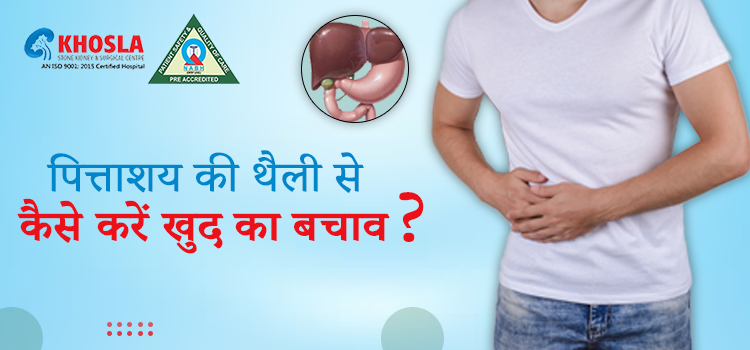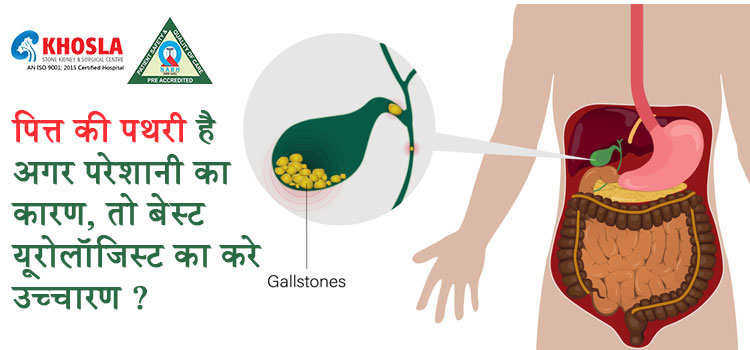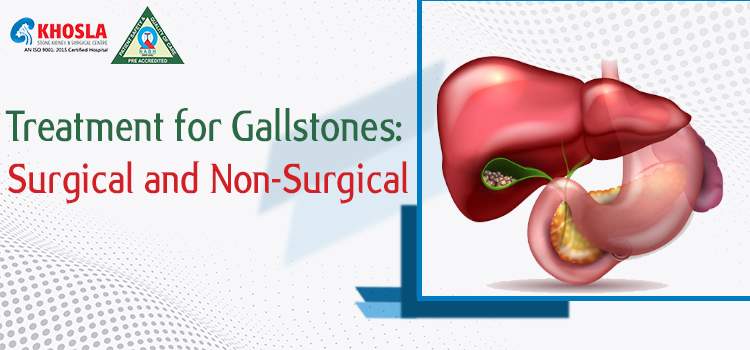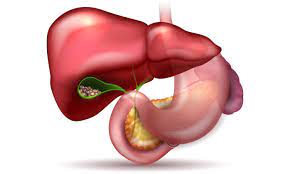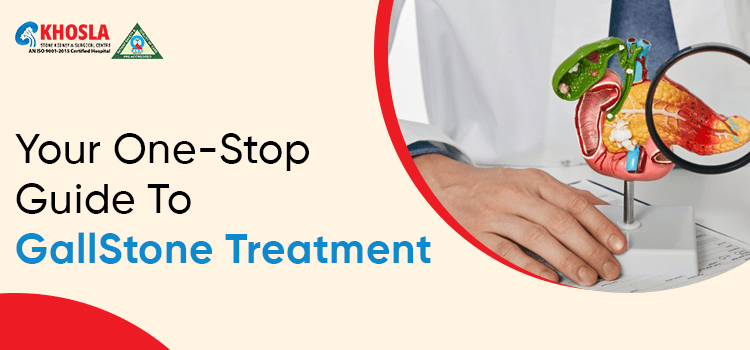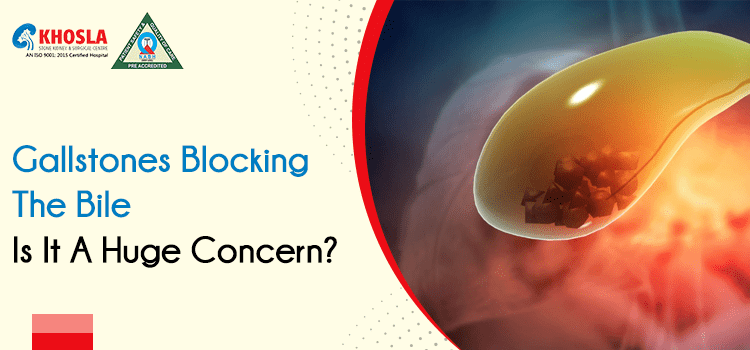![]()
पित्त की पथरी जिसे पित्ताशय की पथरी के नाम से जाना जाता है, और इस तरह की पथरी के दर्द का सामना करना बहुत ही मुश्किल होता है, क्युकी पित्त की पथरी में व्यक्ति को रह-रह कर दर्द का अनुभव होता है। लेकिन पित्त की पथरी से बचाव किया जा सकता है वो भी उसके कारणों को जानकर, तो चलिए जानते है की पित्त के पथरी वाले इंसान को किन बातो का ध्यान रखना चाहिए ;
पित्ताशय की पथरी का रोग क्या है ?
- कभी-कभी पित्ताशय में कोलेस्ट्रोल, बिलीरुबिन और पित्त लवणों का जमाव हो जाता है। वहीं 80 प्रतिशत पथरी कोलेस्ट्रोल की बनी होती है, जो धीरे-धीरे कठोर हो जाती है तथा पित्ताशय के अंदर पत्थर का रूप धारण कर लेती है।
- वहीं पित्त की थैली यकृत की सतह के नीचे स्थित होती है, जो वाहिकाओं, संयोजी ऊतक और लसीका से बंधी होती है। और इस पित्त के चार क्षेत्र है – फंडस, बॉडी, इन्फंडिबुलम और नेक।
- और तो और शरीर की ऊपरी सतह यकृत की आंत की सतह से जुड़ी होती है। यह घनिष्ठ संबंध लीवर पैरेन्काइमा में सूजन, संक्रमण, या नियोप्लासिया के सीधे प्रसार की अनुमति देता है।
- पित्ताशय की गर्दन 5 से 7 मिमी व्यास की होती है और अक्सर एस-आकार की वक्र बनाती है।
लुधियाना में बेस्ट यूरोलॉजिस्ट से अपने मूत्राशय की जाँच करवाकर भी आप पथरी की समस्या से खुद का बचाव कर सकते है।
पित्त की पथरी के दौरान कौन-से कारण नज़र आते है ?
- पित्ताशय में पथरी का होना निर्भर करता है की व्यक्ति की आयु कितनी है। लेकिन अब ये पथरी की समस्या किसी भी उम्र के लोगों को हो सकती है।
- वहीं महिलाओं के मुकाबले पुरुष वर्ग इस रोग से ज्यादा ग्रस्त होते हुए नज़र आ रहें है।
- मोटापे के कारण भी व्यक्ति को पित्त की पथरी का सामना करना पड़ सकता है।
- वजन घटा कर भी आप इस तरह की समस्या से खुद का बचाव कर सकते है।
- आहार एवं जीवनशैली का अच्छे से ध्यान न रखने की वजह से भी आपको पित्त की पथरी का सामना करना पड़ सकता है।
पित्त की पथरी से कैसे करें खुद का बचाव ?
- चुकंदर के रस को पीने से भी आप पथरी की समस्या से खुद का बचाव कर सकते है।
- मूली के रस को पीने से भी आप इस तरह की समस्या से खुद का बचाव कर सकते है।
- ग्रीन-टी का रोजाना सेवन करने से आप पित्त की पथरी की समस्या से खुद का बचाव कर सकते है।
- नारियल के तेल में 1/4 गिलास सेब का रस, आधा नींबू का रस, एक लहसुन, लौंग और एक अदरक के टुकड़े को मिक्स कर लें, और इसको रोजाना पिए जिससे आप पथरी की समस्या से खुद का बचाव कर सकते है।
- रोजाना क्रैनबेरी का जूस पीने से आप पथरी की समस्या से निजात पा सकते है।
लक्षण क्या है पित्त की पथरी के ?
- दाहिनी ओर पसली पिंजरे के नीचे दर्द या कोमलता का महसूस होना।
- कंधे के ब्लेड के बीच दर्द का सामना।
- मल हल्का या चाकलेट के रंग जैसा होना।
- वसायुक्त मल का आना।
- खाने के बाद अपच, विशेष रूप से वसायुक्त भोजन को खाने के बाद।
- मतली और चक्कर का आना।
- उल्टी और कब्ज की समस्या का सामना करना।
- आँखों के ऊपर सिर दर्द, विशेषकर दाहिनी ओर।
- खाने के बाद कड़वे द्रव का आना आदि।
अगर आपकी पथरी सामान्य आकार से कुछ ज्यादा बड़ी है, तो इससे बचाव के लिए आपको लुधियाना में पित्ताशय की पथरी की सर्जरी का चयन करना चाहिए।
पित्त की पथरी का इलाज क्या है ?
- पित्त पथरी के इलाज के लिए आप चाहें तो सर्जरी का चयन भी कर सकते है।
- ओपन सर्जरी भी इसके इलाज का बेहतरीन उपाय है।
- लेप्रोस्पोपिक पित्ताशय उच्छेदन भी बेहतरीन उपाय है पित्ताशय की पथरी से निजात दिलवाने का।
पित्त पथरी के लिए कौन-से प्राकृतिक उपचार है सहायक ;
- शरीर के वजन को स्वस्थ रूप में बनाए रखें।
- तेजी से वजन घटाने और सनक भरे आहार से बचें।
- लिवर और गॉलब्लैडर को स्वस्थ रखने वाले एंटी-इंफ्लेमेटरी आहार का पालन करें।
- अधिक सक्रिय रहें।
- जन्म नियंत्रण की गोलियाँ या अनावश्यक दवाएं लेने पर पुनर्विचार जरूर करें।
आप चाहे तो अपने पथरी का इलाज खोसला स्टोन किडनी एवं सर्जिकल सेंटर से भी करवा सकते है।
निष्कर्ष :
पित्त की पथरी का होना मतलब व्यक्ति के जीवन में रह-रह कर बनने वाला दर्द है, इसके अलावा हमने पित्त की पथरी के लिए उपरोक्त जिन भी बातों के बारे में चर्चा की है उसको अपने जीवन में आप जरूर आजमाए ताकि आपको किसी भी तरह की परेशानी का सामना न करना पडे और आप आसानी से पथरी के दर्द से खुद का बचाव कर सके।

